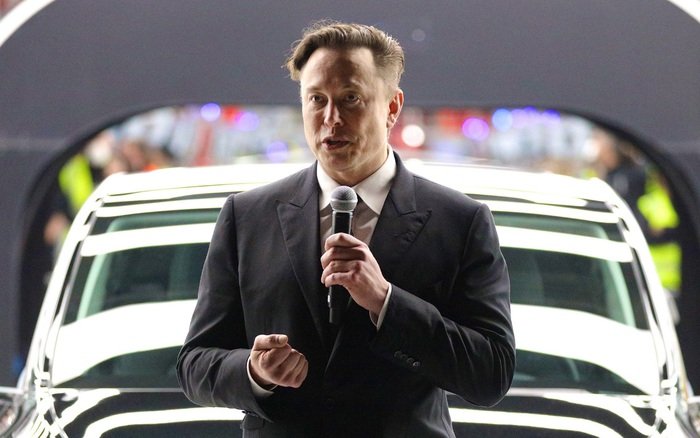For years, Tesla has dominated the electric vehicle (EV) industry, pioneering advancements in technology and pushing global adoption of sustainable transportation. However, a formidable competitor has emerged, challenging Tesla’s supremacy and even surpassing its revenue by $10 billion annually. Once dismissed by Elon Musk as unworthy of being a rival, this company is now shaking the foundations of the EV market. The three letters that are causing Tesla sleepless nights? BYD.
### The Rise of BYD: From Underdog to Industry Leader
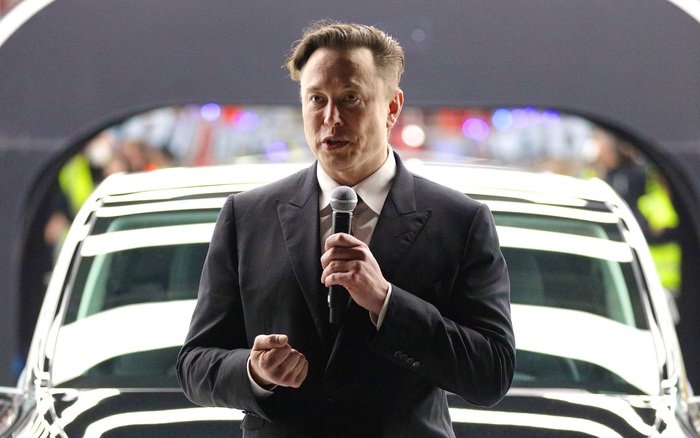
BYD, short for “Build Your Dreams,” is a Chinese automaker and battery manufacturer that has quietly risen to global prominence. While Tesla has long been considered the gold standard in EVs, BYD has strategically positioned itself to capture a significant market share through innovative production techniques, competitive pricing, and government support.
Founded in 1995 as a battery manufacturer, BYD ventured into the automotive industry in 2003. Despite early skepticism, the company steadily expanded, focusing on producing affordable EVs tailored to the mass market. Today, BYD’s market strategy and rapid technological advancements have propelled it to the forefront of the industry.
### Elon Musk’s Initial Disdain for BYD
Elon Musk has never been one to shy away from voicing his opinions about competitors. In a 2011 interview, when asked about BYD, Musk chuckled and dismissed the company as unworthy of competition. At the time, Tesla was gaining recognition for its high-performance electric cars, while BYD’s offerings were seen as lower-end alternatives.
However, over a decade later, BYD has proven Musk wrong. The company’s aggressive expansion strategy, coupled with its dominance in battery manufacturing, has made it a force to be reckoned with in the EV sector.
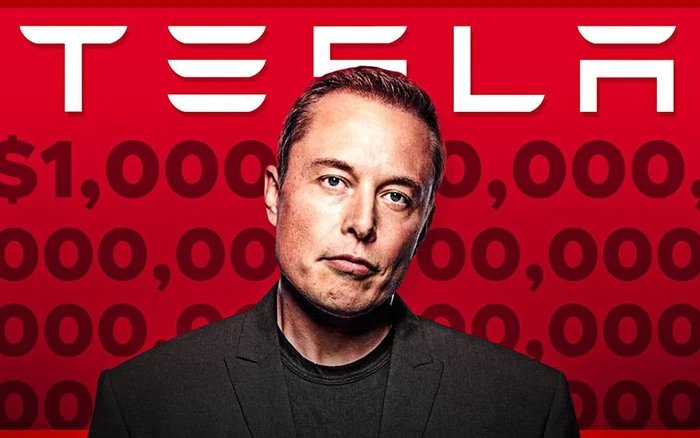
### BYD’s Revenue Surge: Beating Tesla by $10 Billion Per Year
In 2023, BYD surpassed Tesla in annual revenue, generating $10 billion more than its American counterpart. This milestone is a testament to BYD’s ability to scale production, maintain affordability, and cater to diverse consumer demands. Several key factors have contributed to this success:
#### 1. **Affordable and Diverse Vehicle Lineup**
Unlike Tesla, which primarily focuses on premium electric cars, BYD has diversified its portfolio to include affordable EVs, hybrids, and even commercial electric vehicles. This broad range allows BYD to appeal to a wider customer base, particularly in emerging markets where price sensitivity is high.
#### 2. **Vertical Integration and Battery Technology**
One of BYD’s greatest advantages lies in its battery technology. Unlike Tesla, which relies on external suppliers such as Panasonic and CATL, BYD produces its own batteries. The company’s Blade Battery, known for its safety and durability, has been a game-changer in the EV industry. By controlling battery production, BYD can maintain cost efficiency and scale production rapidly.
#### 3. **Government Support and Market Expansion**
The Chinese government has played a pivotal role in BYD’s growth by providing subsidies and favorable policies that promote EV adoption. Furthermore, BYD’s strategic partnerships with local governments worldwide have facilitated its expansion into key markets, including Europe, Latin America, and Southeast Asia.
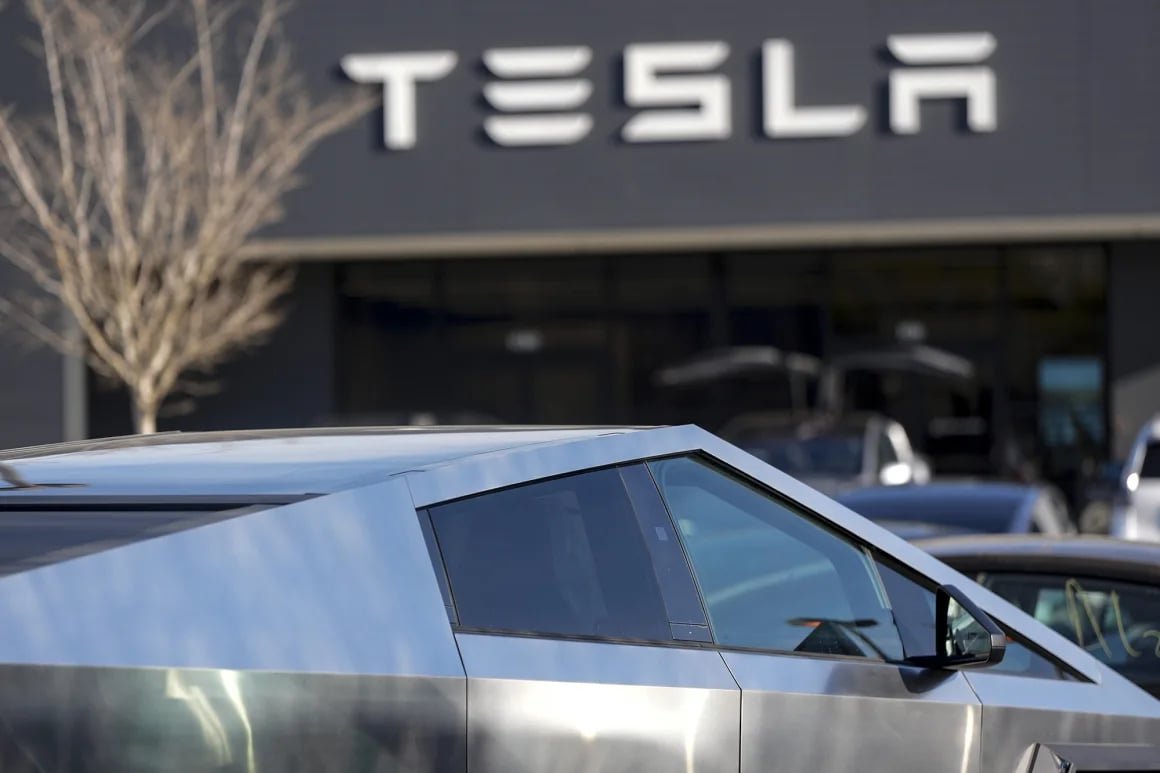
#### 4. **Aggressive Production Capacity**
While Tesla has struggled with supply chain constraints and production bottlenecks, BYD has ramped up manufacturing capabilities, allowing it to produce vehicles at a faster rate. In 2023 alone, BYD delivered over 3 million vehicles, surpassing Tesla’s 1.8 million units.
### Tesla’s Response: Can It Regain the Lead?
Tesla remains a formidable player in the EV market, and Elon Musk is not one to back down from a challenge. In response to BYD’s rapid growth, Tesla has initiated several strategic moves to maintain its competitive edge:
#### 1. **Price Cuts and Affordability**
In an effort to compete with BYD’s cost-effective models, Tesla has introduced price reductions on its vehicles, particularly the Model 3 and Model Y. By making EVs more accessible, Tesla aims to regain market share, particularly in China where BYD is dominant.
#### 2. **Expansion of Gigafactories**
Tesla continues to expand its production capacity with new Gigafactories in Texas, Germany, and Mexico. Increasing production efficiency will be crucial for Tesla to compete with BYD’s aggressive output.
#### 3. **Advancements in Battery Technology**
Tesla is working on improving its battery technology, including the development of 4680 battery cells. These new batteries promise higher energy density, improved performance, and reduced costs. Competing with BYD’s battery innovations will be key to Tesla’s long-term success.
#### 4. **Strategic Partnerships and AI Integration**
Beyond hardware, Tesla is leveraging artificial intelligence (AI) and autonomous driving technology to differentiate itself. Features such as Full Self-Driving (FSD) software and AI-powered energy solutions could provide Tesla with a competitive advantage.
### The Future of the EV Market: Tesla vs. BYD
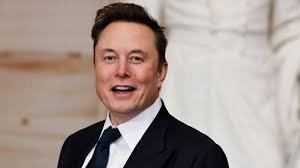
The battle between Tesla and BYD represents a broader shift in the EV industry. As competition intensifies, consumers stand to benefit from improved technology, lower prices, and increased accessibility. While Tesla continues to be a leader in innovation, BYD’s ability to deliver cost-effective, high-quality EVs cannot be overlooked.
The question remains: Will Tesla reclaim its throne, or will BYD continue its meteoric rise? One thing is certain—Elon Musk and Tesla can no longer afford to dismiss BYD as an insignificant competitor.
### Conclusion
The rivalry between Tesla and BYD marks a new era in the electric vehicle industry. Once ridiculed by Musk, BYD has emerged as a dominant player, surpassing Tesla in revenue and production capacity. While Tesla fights to maintain its position, BYD’s rapid growth serves as a wake-up call for the American EV giant. As both companies push the boundaries of innovation, the future of sustainable transportation has never been more exciting.
